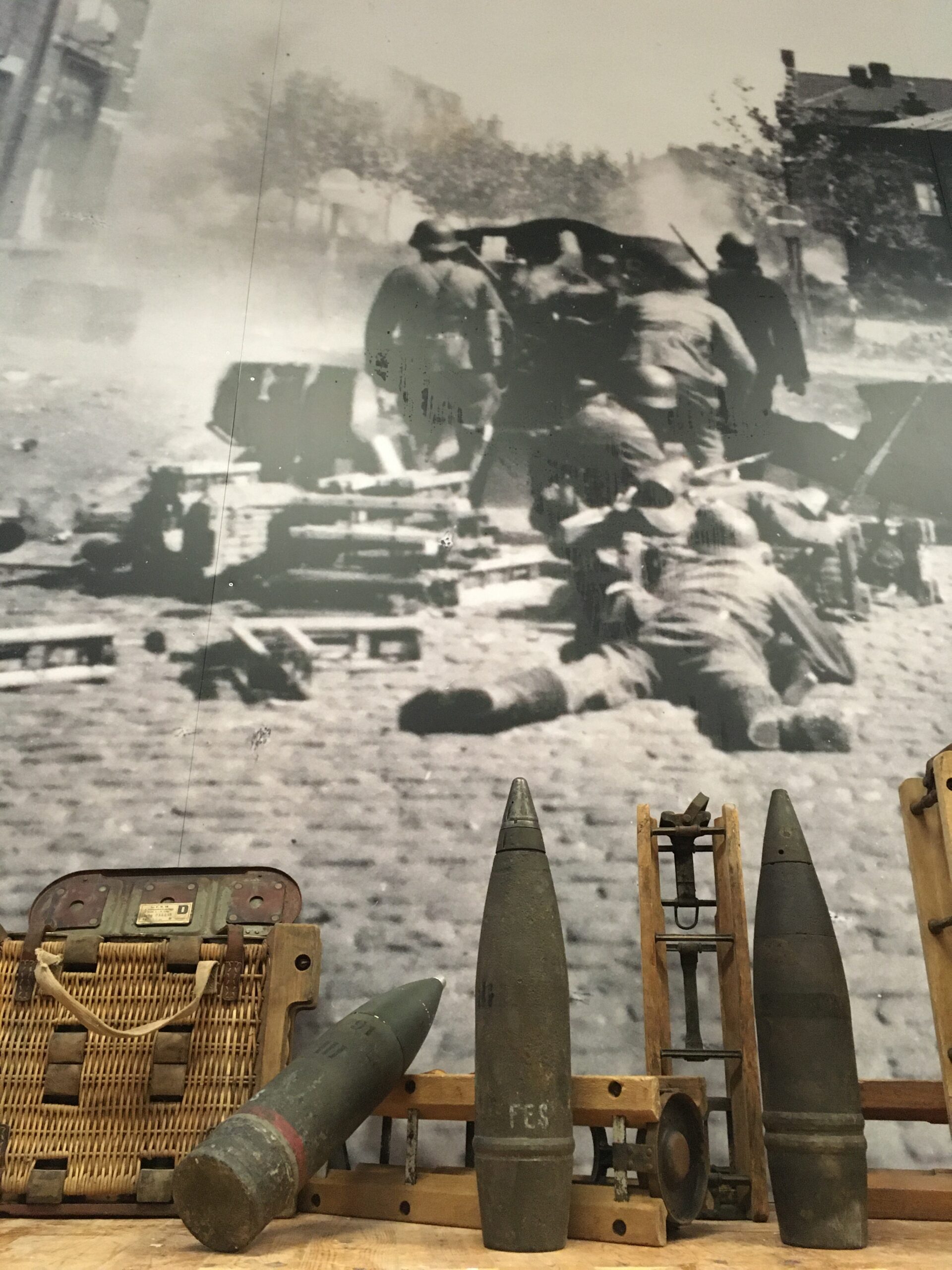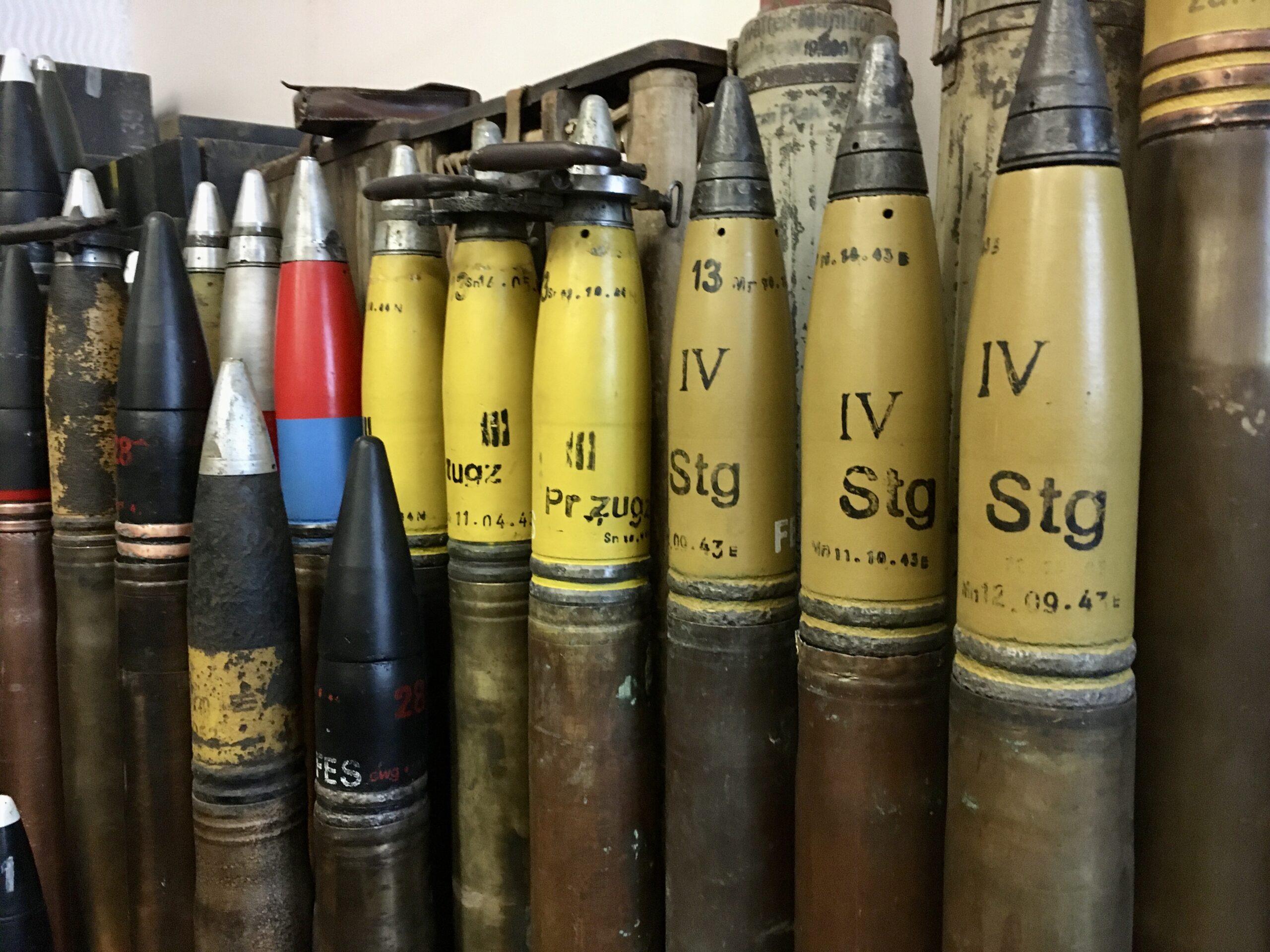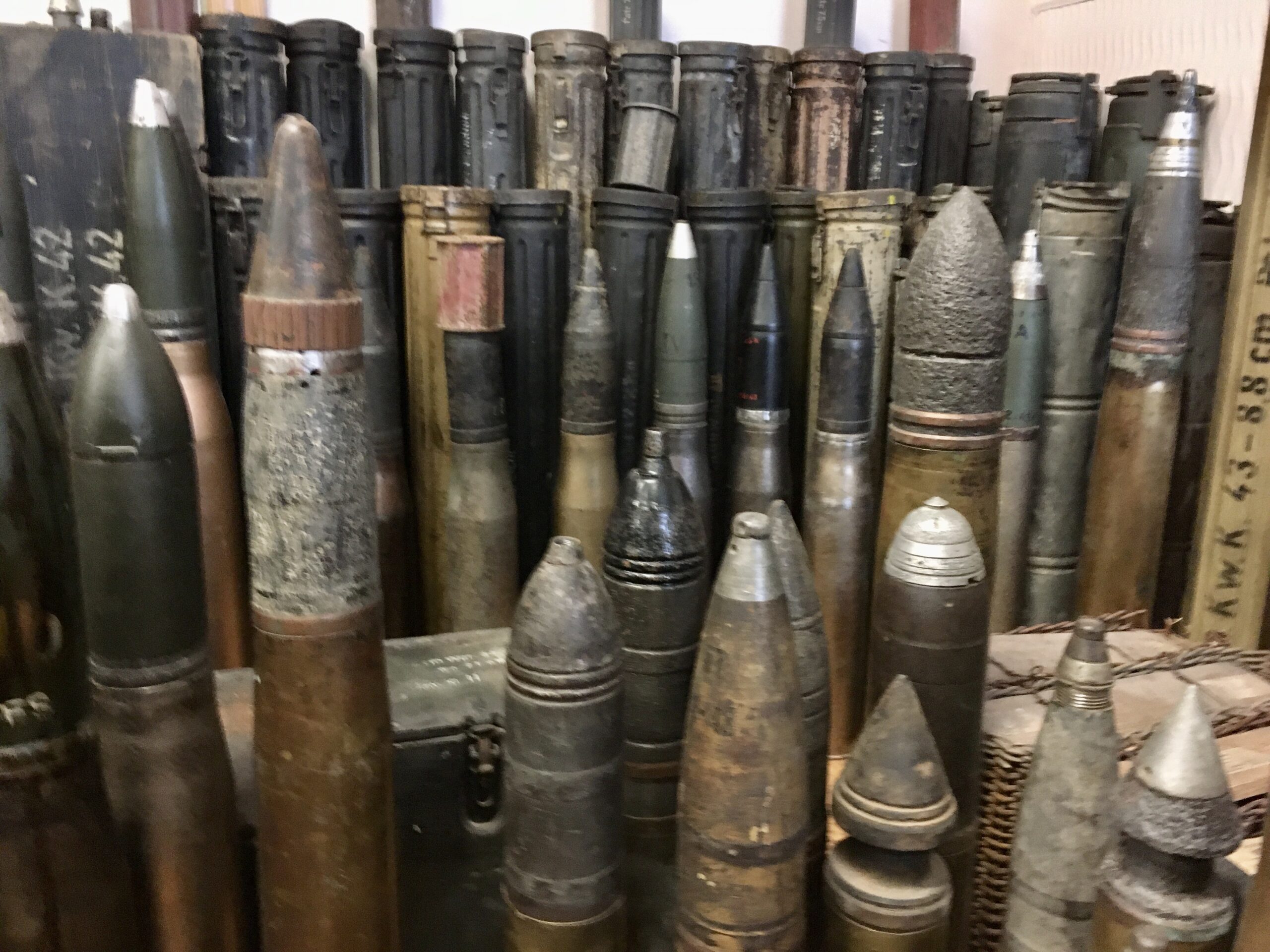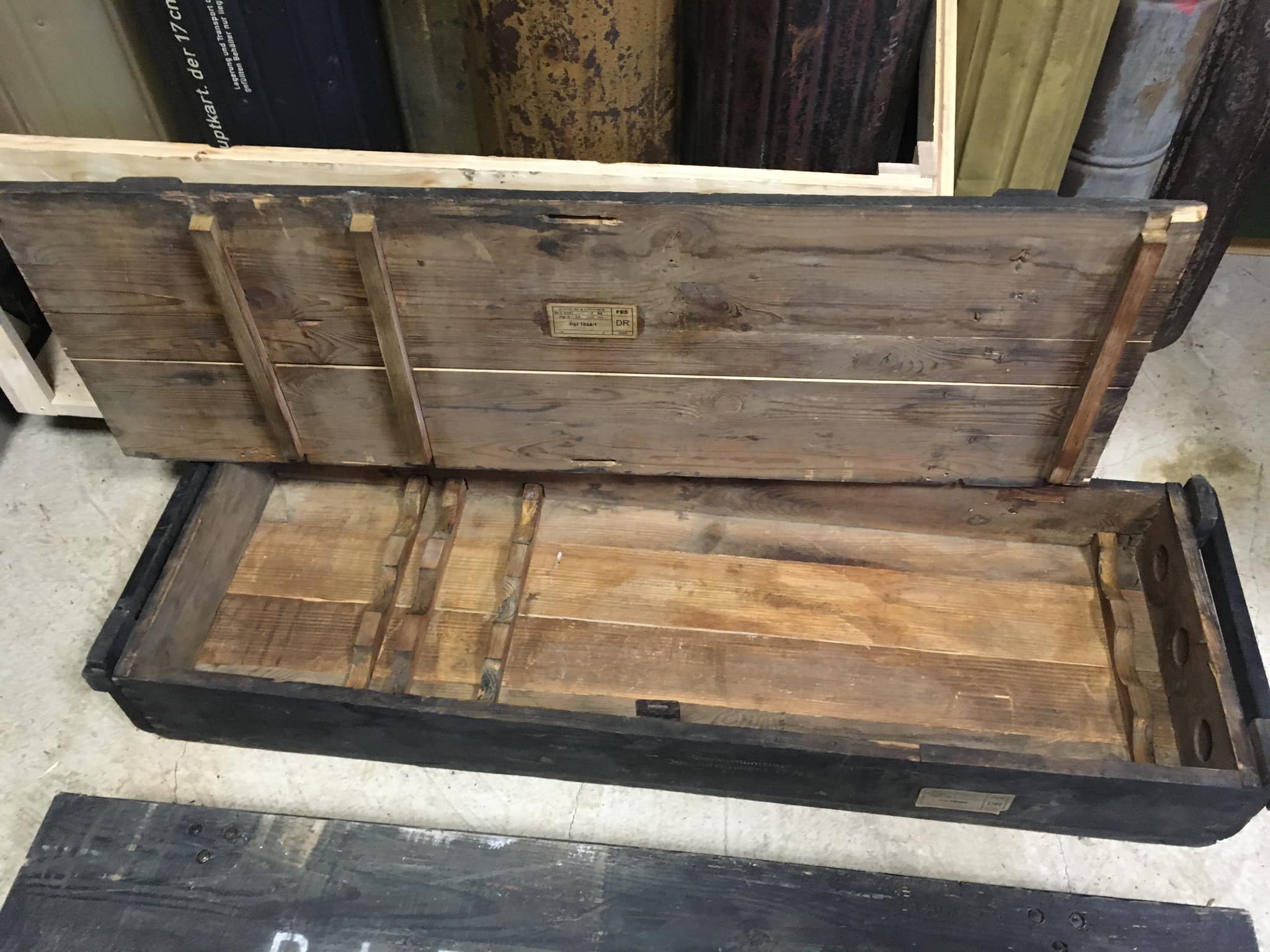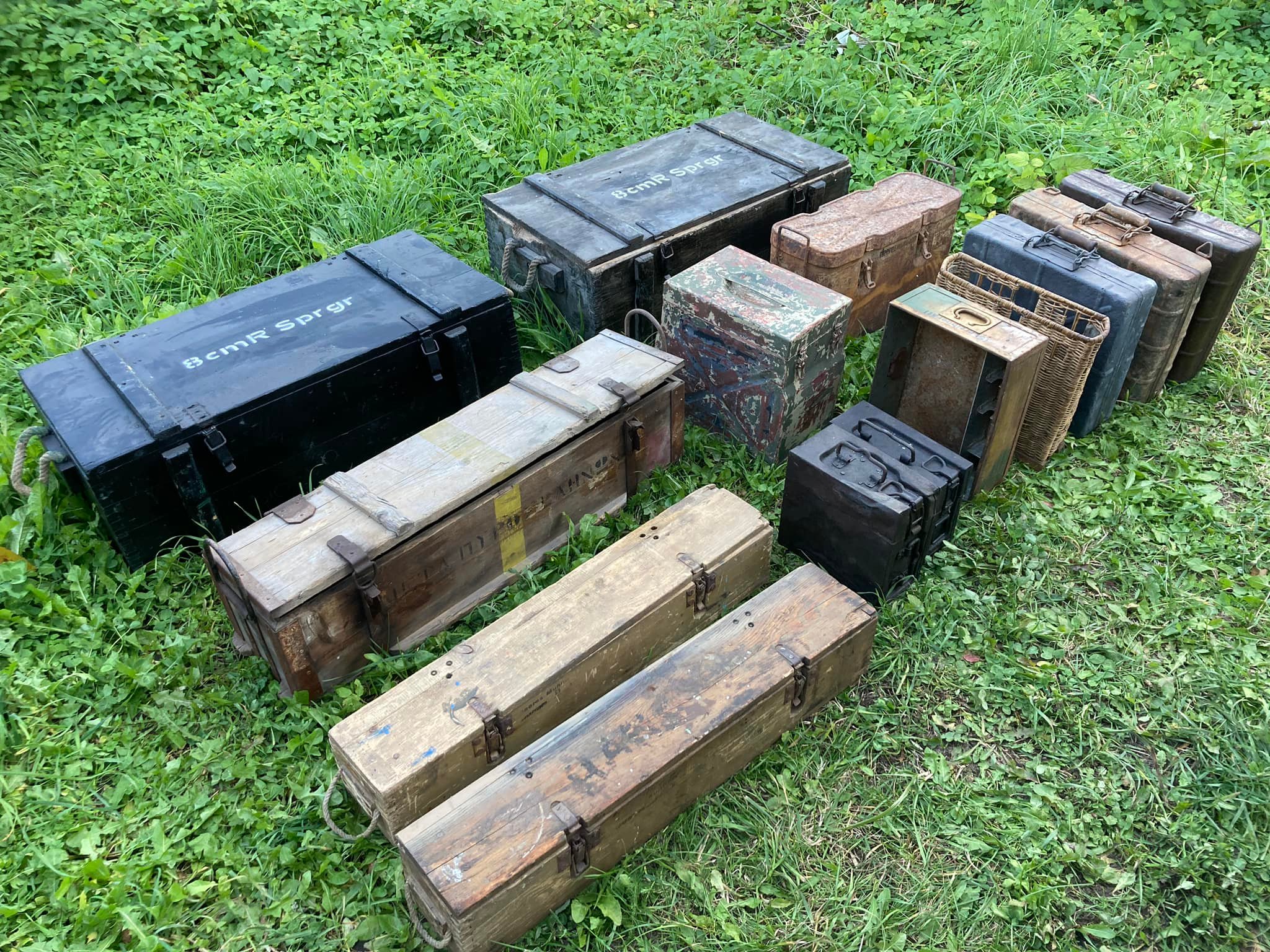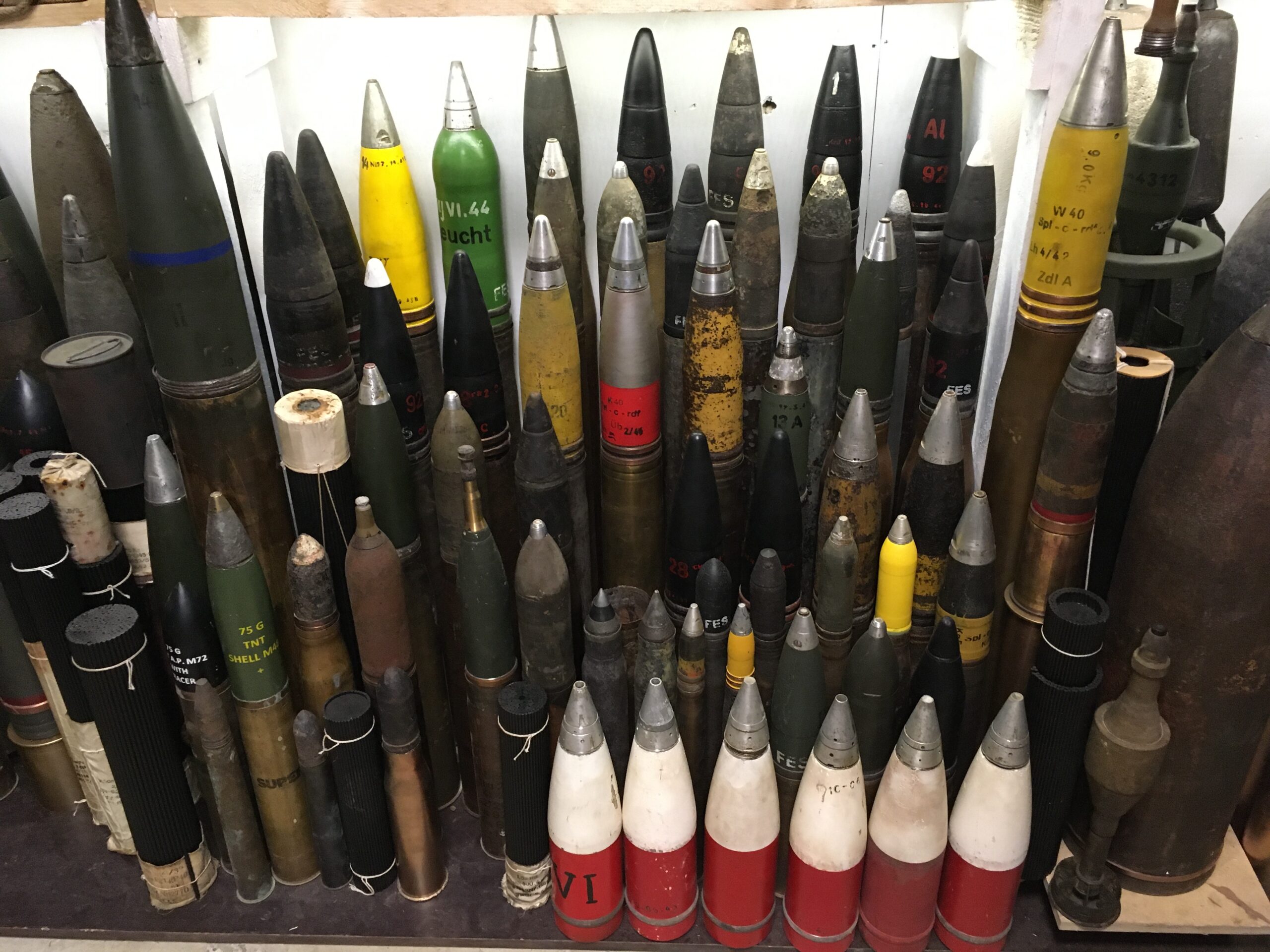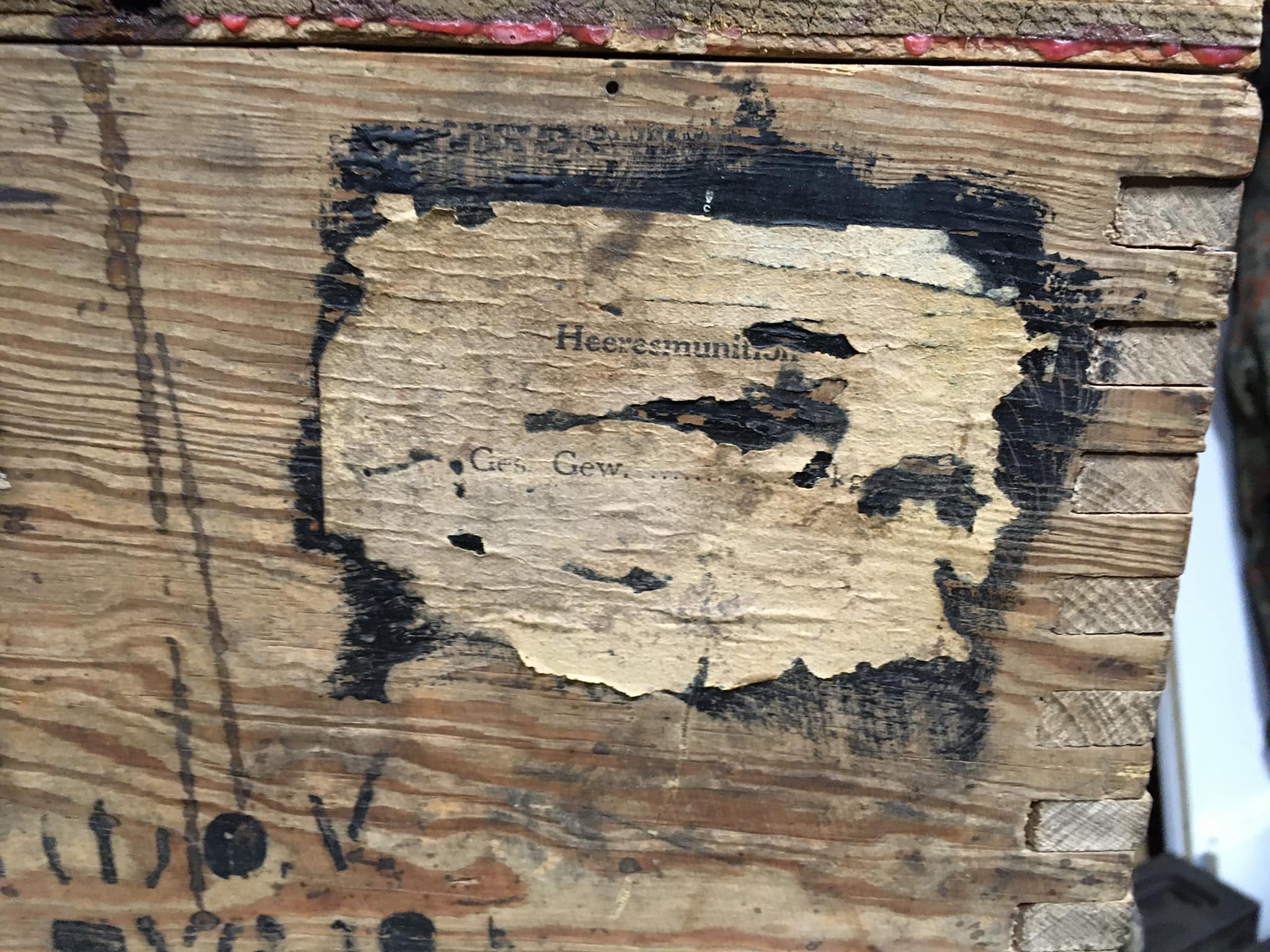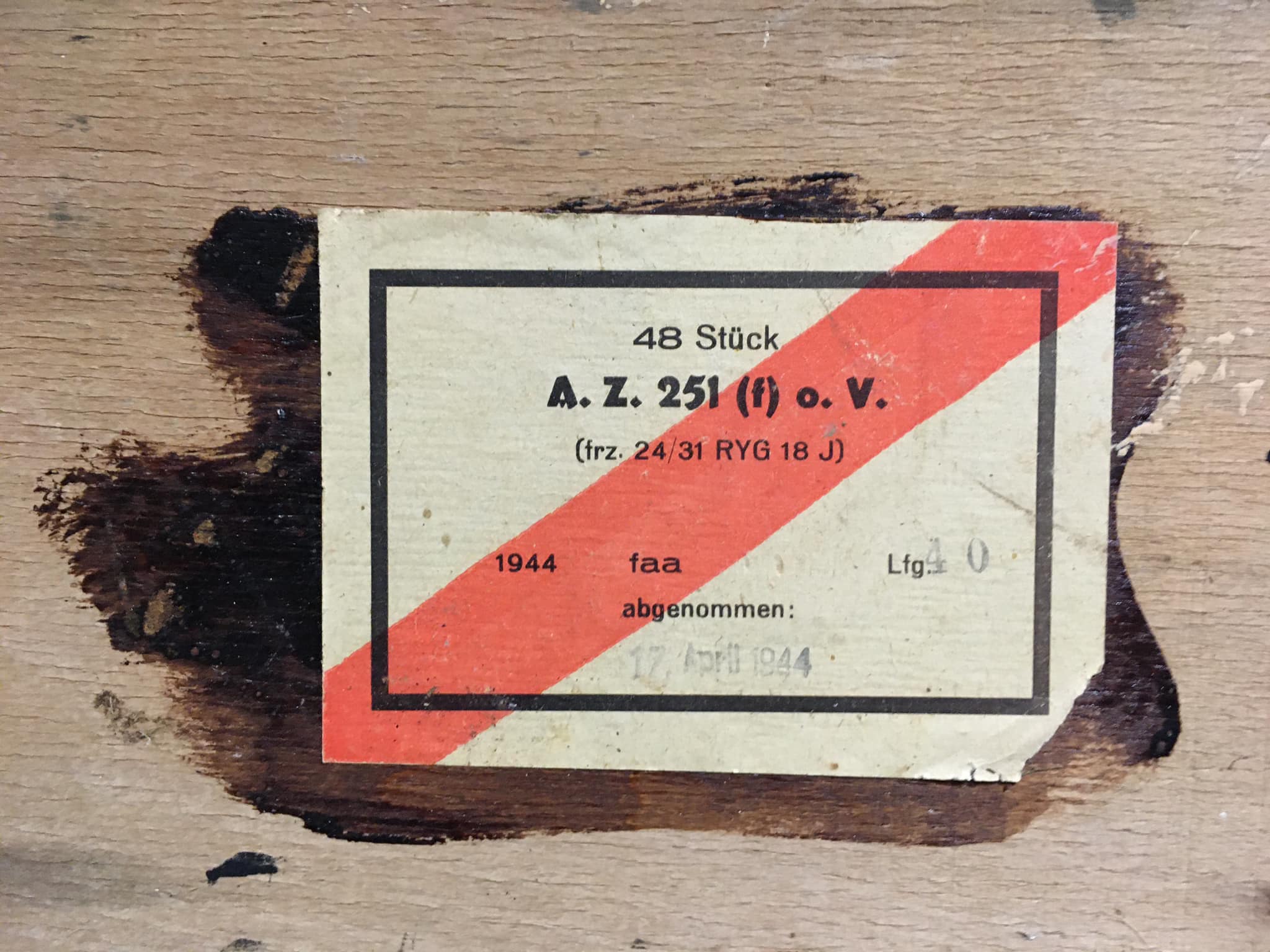Permanent Exhibition
Shell and Bomb Collection
The largest public permanent exhibition in Northern Europe based on private collections takes you on a journey through modern history – covering land, sea, and air forces.
It offers a fascinating experience for experts, history enthusiasts, and all visitors interested in military history presented in a way you won’t find anywhere else in the region.
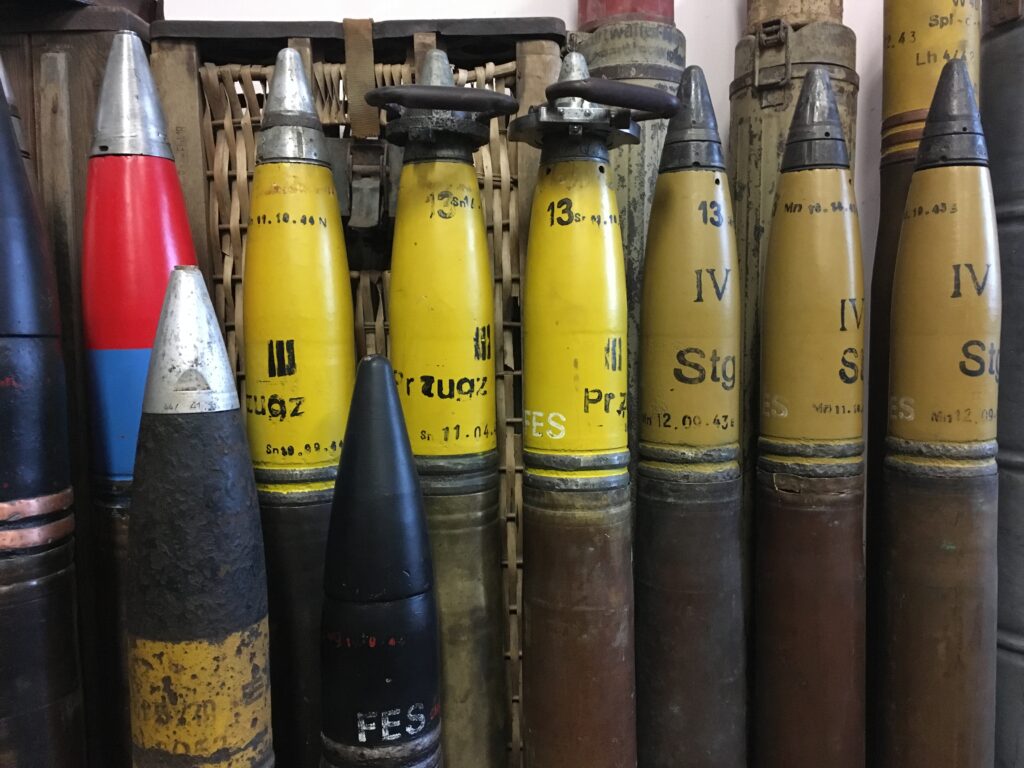
From the Estonian War of Independence to the Present Day
The Roar of History’s Mightiest Firepower
The PMHK’s unique collection—based on private archives and curated educational materials—takes you on a journey from Estonia’s War of Independence through both World Wars to modern-day conflicts.
You’ll find answers to questions like: What kind of ammunition and training equipment did Estonia, Latvia, Germany, the Soviet Union, the Netherlands, the UK, France, the USA, the Czech Republic, Poland, Yugoslavia, Sweden or Finland use? And how have these changed over time?
Among the highlights are educational materials produced by Estonia’s own Arsenal military industry, massive Soviet rockets from WWII such as the Katyusha and Andryusha, German rocket models nicknamed “screaming cows,” and a 28 cm coastal defence shell from the “Prince Henry” gun, brought from the Leningrad front to Viimsi peninsula – weighing over 300 kilograms.
The exhibition is packed with cross-sections, training materials, and rare historical artefacts that bring military history to life.
The Pärnumaa Military History Centre is strictly apolitical. All items in the permanent collection are presented solely for scientific and educational purposes.
A collector could talk about their collection for hours
Plan for 1–2 hours of discovery
Visiting the exhibition can take anywhere from two minutes (if you sprint through it) to eight hours (if you’re keen to explore every detail and your guide is up for the challenge).
To make sure your time with us is as engaging as possible, we’ve put together a fascinating programme – the standard guided tour of the shell and bomb collection takes about an hour on average.
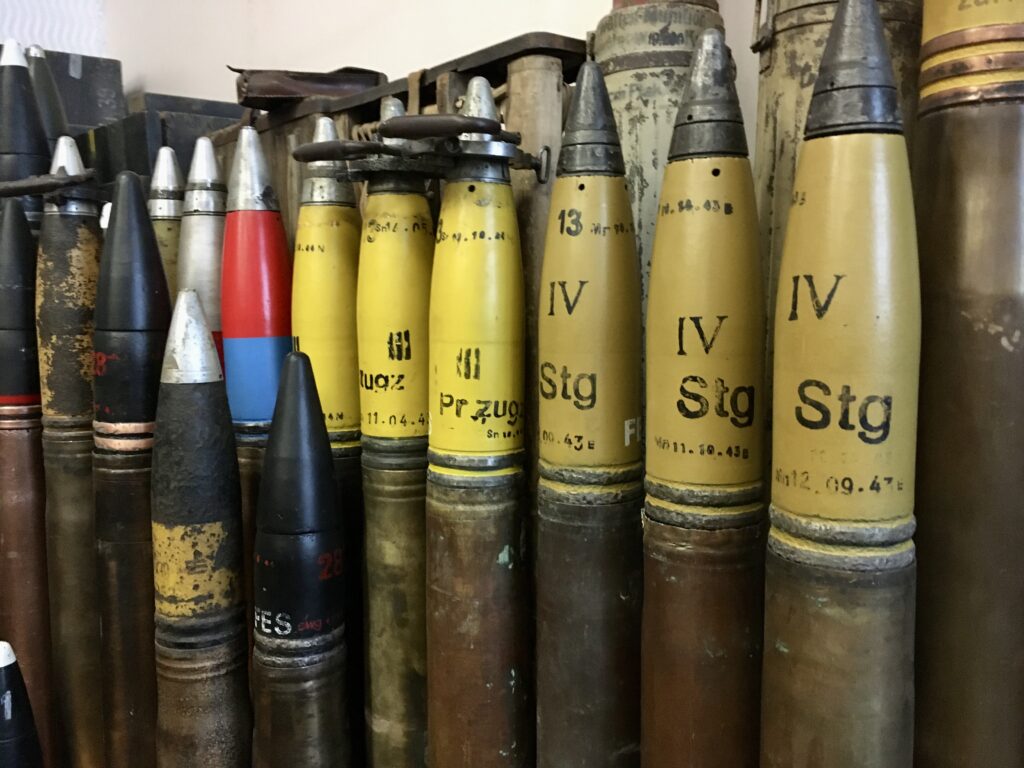
Kas teadsid, et:
In 2000, a rare World War II-era Soviet T-34/76 tank was discovered and recovered from Lake Mätasjärv in Ida-Viru County, Estonia. Remarkably, this tank bears markings from both Soviet Red Army and Estonian units that fought on the German side—making it a powerful symbol of the complex wartime history in the region. You can see ammunition from this very tank on display in our permanent exhibition.
Kas teadsid, et:
During World War II, the Germans used rocket-propelled artillery nicknamed “Heulende Kuh” (“Screaming Cow”) due to the distinctive howling sound of the rocket motors. In contrast, the Soviet Union deployed similar weapons known as “Katyusha” and “Andryusha.” You’ll find an extensive selection of rocket types from both sides in our permanent exhibition.
Kas teadsid, et:
One of the most feared anti-personnel aerial bombs of the Second World War went by the names “Butterfly” and “Devil’s Egg” (SD 2). Beautiful in shape but deadly in effect, these small yet sinister devices were greatly feared by infantry – and you can find examples of them in our permanent exhibition.
Kas teadsid, et:
The quickest way to destroy a gun barrel can happen at a speed of 7,000 metres per second – thousands of times faster than the blink of an eye. The Germans achieved this using a special circular demolition charge that was placed around the barrel. This method allowed a weapon to be destroyed quickly if there was a risk of it falling into enemy hands. Rare examples of these German demolition charges can be seen in our permanent exhibition.
Kas teadsid, et:
During World War II, the largest calibre fixed round (where the shell, propellant charge, and primer are permanently joined together in a single metal casing) mass-produced by the Germans was used in the 12.8 cm anti-aircraft gun. This complete round measured about one and a half metres in length and weighed nearly 50 kilograms. You can see a round of this impressive size on display in our permanent exhibition.
Kas teadsid, et:
During World War II, the Germans positioned 28 cm coastal artillery guns at the tip of the Viimsi Peninsula on Estonia’s northern coast. These massive guns fired 330 kg shells with a range of approximately 34 kilometres. One such shell—so large it took four men to carry and could reach halfway to Finland—can be seen in our permanent exhibition.
Kas teadsid, et:
An anti-handling device used for disarming German anti-tank mines was manufactured by top-tier German toy companies Märklin and Schuco – both renowned for their precision craftsmanship in the toy industry.
You’ll find this kind of high-level military micro-mechanics from famous toy makers in our permanent exhibition as well.
“Nii uhket mürsukogu ei ole minu silmad veel 20 aasta jooksul näinud. Seal leidus kõike mida üks fänn võib soovida.”
Pablo Escobar
Rahvusvaheline ärimees
“Nii uhket mürsukogu ei ole minu silmad veel 20 aasta jooksul näinud. Seal leidus kõike mida üks fänn võib soovida.”
Heli Kopter
Ajalooõpetaja Põlvast
“Nii uhket mürsukogu ei ole minu silmad veel 20 aasta jooksul näinud. Seal leidus kõike mida üks fänn võib soovida.”
Janar Kootikum
Militaarhuviline
“Nii uhket mürsukogu ei ole minu silmad veel 20 aasta jooksul näinud. Seal leidus kõike mida üks fänn võib soovida.”

